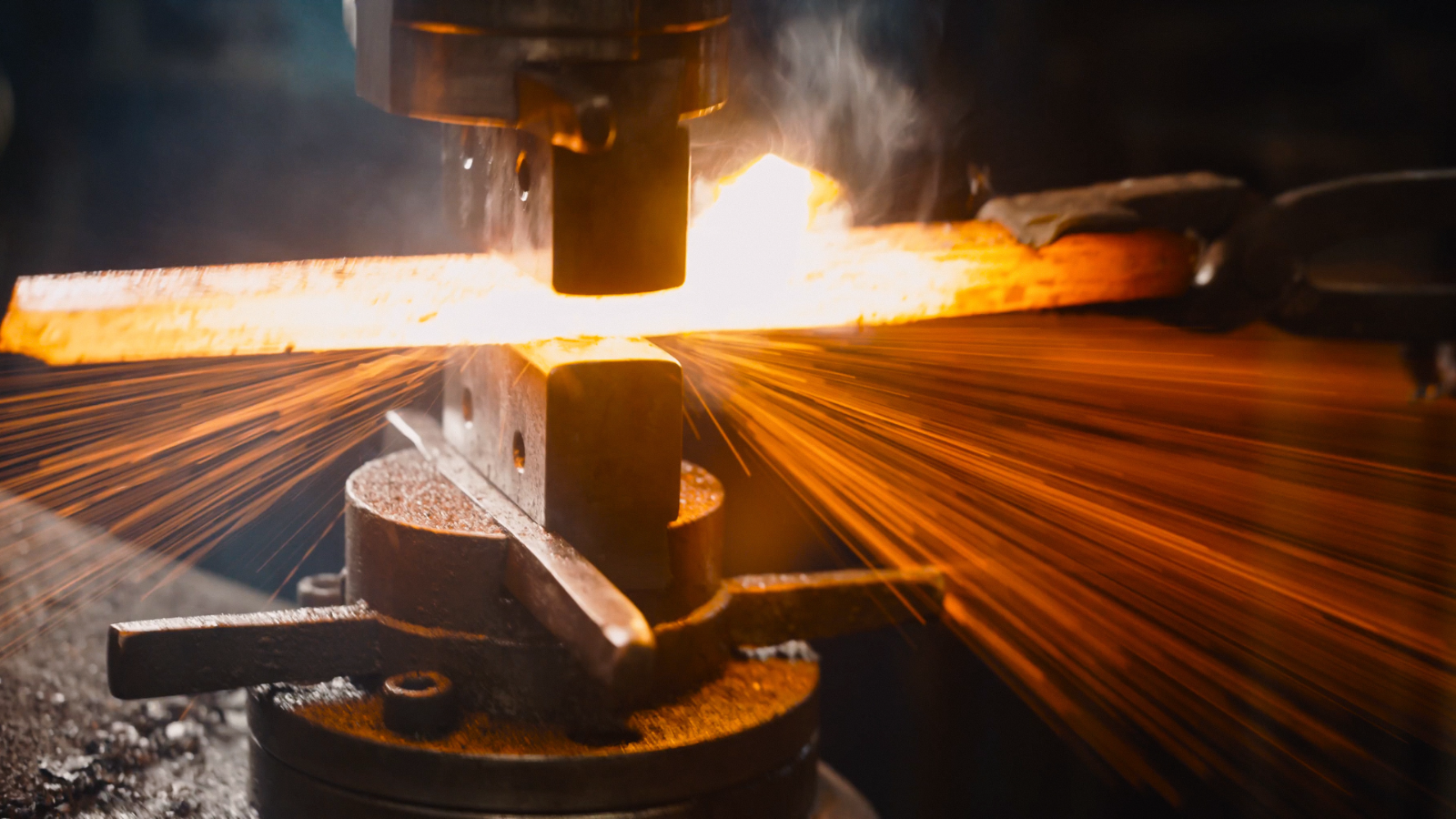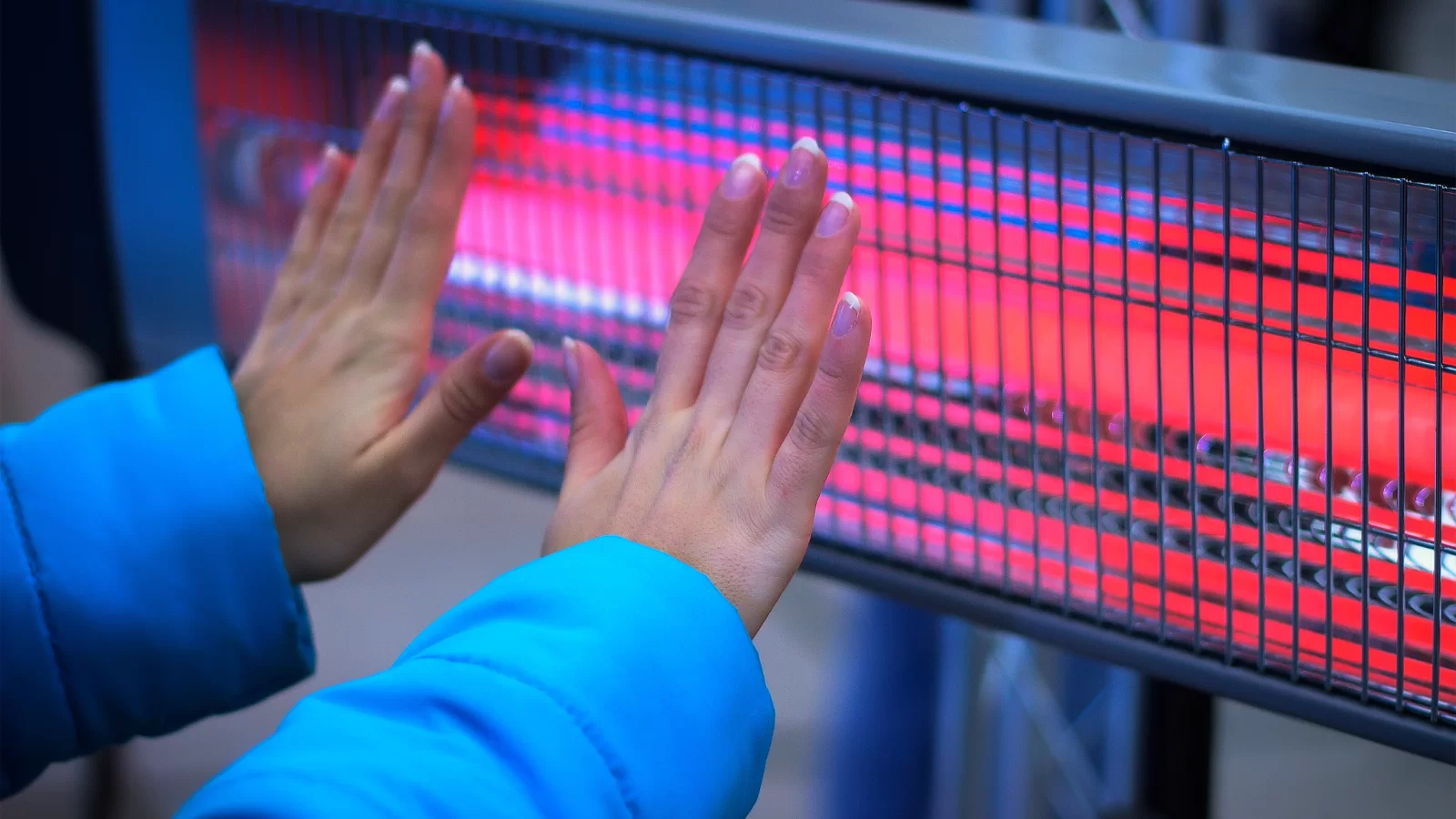 CubeSat is a smallscale cube-shaped satellite of approximate length scales equal to 10 cm. Their mass is roughly 1 kg per unit, and they are deployed in orbit around the earth for scientific research projects.
CubeSat is a smallscale cube-shaped satellite of approximate length scales equal to 10 cm. Their mass is roughly 1 kg per unit, and they are deployed in orbit around the earth for scientific research projects.  These are generally secondary payloads on a launch vehicle and are stacked inside a launcher tube called P-POD. The frame members of a CubeSat hold internal components such as the flight computer, navigation, and attitude control systems. Vibration during the flight launch could be transmitted to these components through their holding frame members. It is important to ensure that these vibrations do not degrade the structural integrity of these components.
These are generally secondary payloads on a launch vehicle and are stacked inside a launcher tube called P-POD. The frame members of a CubeSat hold internal components such as the flight computer, navigation, and attitude control systems. Vibration during the flight launch could be transmitted to these components through their holding frame members. It is important to ensure that these vibrations do not degrade the structural integrity of these components.
When designing any system, it is important to have a sound knowledge of its naturally excited vibration frequency. If the structure experiences an external vibration in the range of its natural frequency, it creates resonance. This can cause a catastrophic failure of the system. To avoid resonance, it is important to avoid natural frequency overlapping with the operating frequency of the system.
This SimCafe Course was developed by Dr. Rajesh Bhaskaran, Swanson Director of Engineering Simulation at Cornell University, and Chia-Hsun Hsieh, in partnership with Ansys. It was last modified by Sebastien Lachance-Barrett. It serves as an e-learning resource to integrate industry-standard simulation tools into courses and provides a resource for supplementary learning outside the classroom. This course shows the modal analysis of a space satellite.
For more ways to learn, check out the Cornell edX course, A Hands-on Introduction to Engineering Simulations at ansys.com/cornell.
Cornell University also offers a Fluid Dynamics Simulations Using Ansys online certificate authored by Dr. Rajesh Bhaskaran. Learn more here: https://ecornell.cornell.edu/fluiddynamics.


